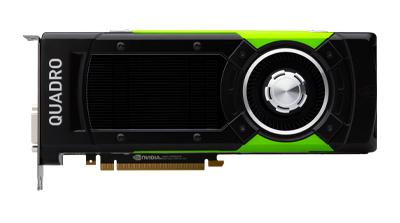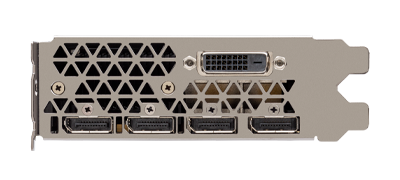NVIDIA Quadro P6000 GPU - System Overview
Description

The double-slot graphics card consumes up to 250W of power while combining more memory and display technologies than its predecessor, the M6000 featuring Maxwell GPU architecture. With the NVIDIA Quadro P6000 GPU, professionals can create their most complex designs, solving the most challenging visualization problems across a range of industries.
Performance
Under the hood, the P6000 graphics card with Pascal architecture features 12 teraflops of single-precision performance, which is a teraflop more than the Titan X. In comparison to the Maxwell architecture Quadro M6000, this card packs 5 more TFLOPS on its 16nm FinFET+ manufacturing process. The GPU supports 11,800 million transistors while offering 3840 CUDA cores, 240 texture mapping units, and 96 ROPs. The Quadro P6000 is able to drive four 4K screens at 120Hz, 5K displays at 60Hz, and 8K displays at 60Hz.
Memory

24GB of 9Gbps GDDR5X memory connected by a 384-bit interface on the Quadro P6000 GPU. It has a base clock of 1506MHz and a boost clock of 1645MHz, topping out at 12 TFLOPS with 432GB/s of memory bandwidth. With all of this power, the P6000 GPU is ideal for creating complex photorealistic designs and lifelike VR experiences.
Cooling
The dual-slot P6000 has one active fan sink towards the case bracket and several ports along the edge. The card features full-sized DisplayPorts, a dual-link DVI output, and stereo connectors to enable support for multiple screens, as mentioned in the performance section above. The Quadro P6000 also supports up to 250W of power and requires a single 8-pin power supply.
Summary
Built with Pascal architecture on a 16nm manufacturing process, the NVIDIA Quadro P6000 graphics card is packed with 24GB of GDDR5X memory, 3840 CUDA cores, and 11,800 million transistors. Having this much power, the card can operate at higher frequencies and deliver better performance per watt compared to prior generations. Whether it’s being used for developing products or telling vivid visual stories, the P6000 can help get the job done.
Check Availability



